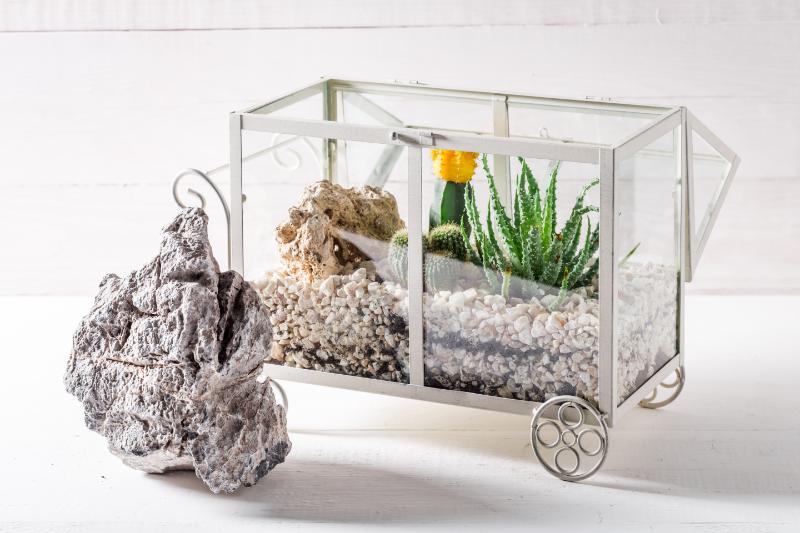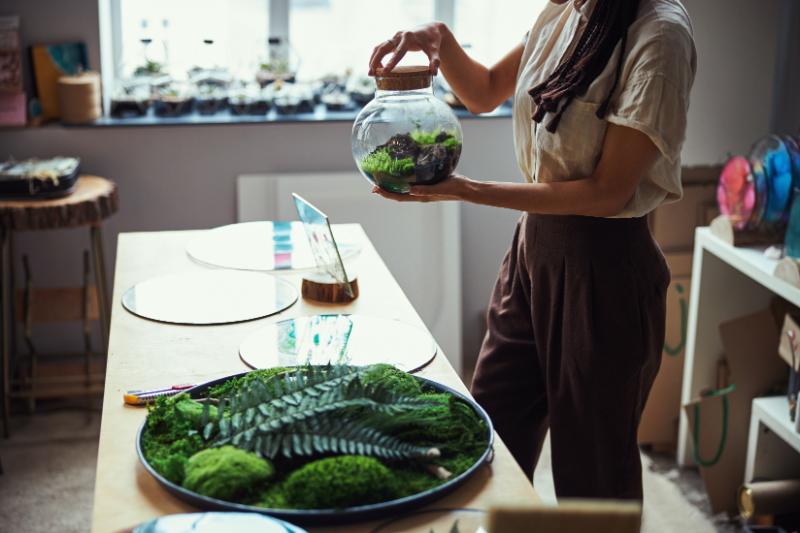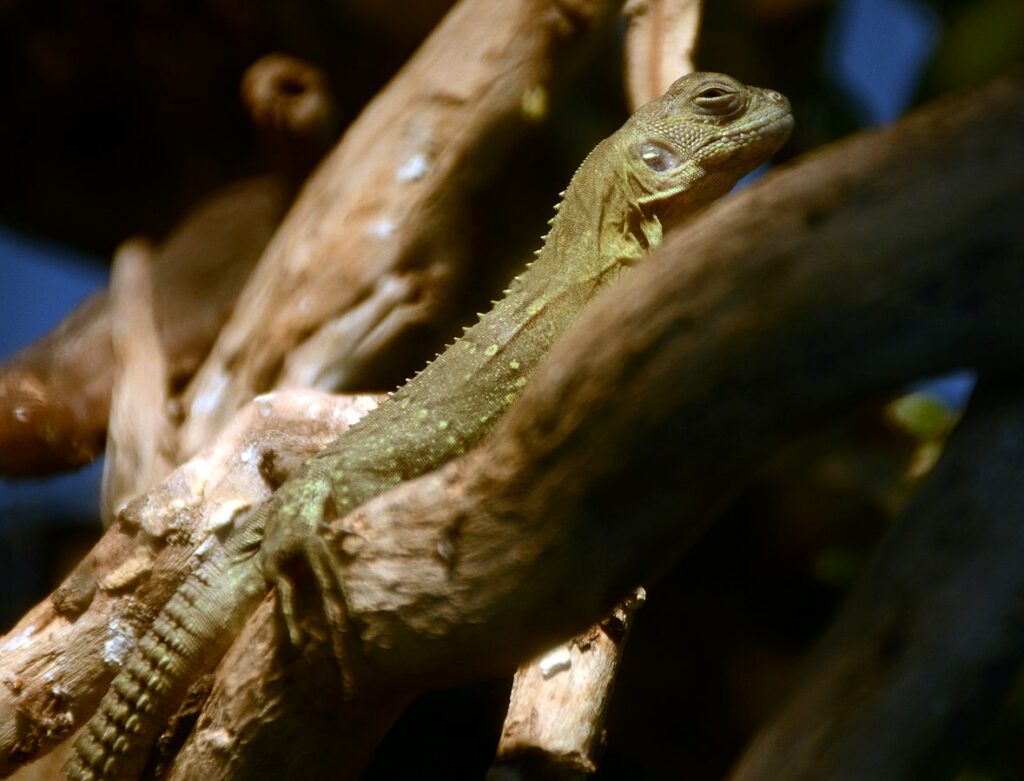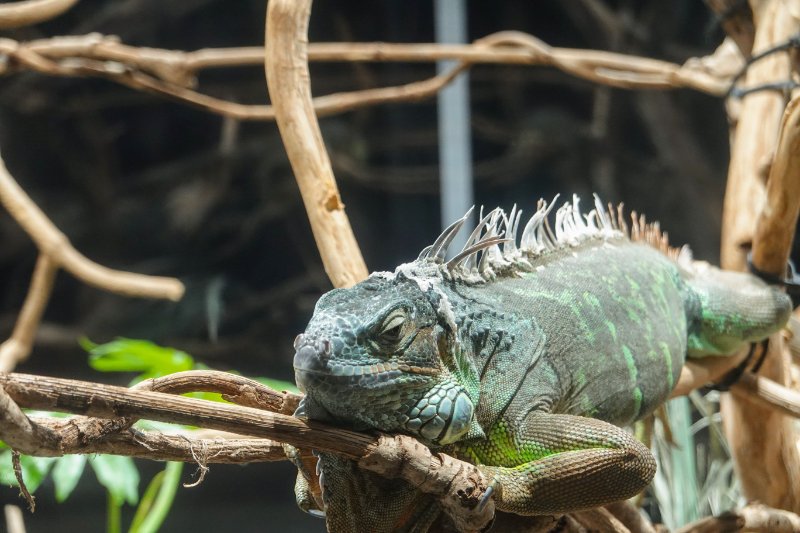As diligent reptile enthusiasts, we all know that owning iguanas is more than just a hobby. It’s a commitment that spans over decades. Your choice of habitat for your iguana, or more explicitly, your ‘Iguana Tanks’, plays a pivotal role in maintaining their health and longevity. Today, let’s take a look at quintessential aspects of iguana tanks that can ensure a serene dwelling for your reptilian buddy.
Material for Iguana Tanks

Outgrowing their habitats is a common occurrence when it comes to these fascinating creatures. If you want your iguana to have ample space even in adulthood, aim for a tank that’s at least ten feet long and four to five feet high. While glass is an ideal choice, due to certain restrictions, imitation glass could also be used. Remember, height is as crucial as length for these keen climbers.
Substrate for your Iguana Tanks

A comfortable and safe bedding forms a significant part of the iguana habitat. You have a diverse range of materials to choose from like orchid bark, artificial turf, newspaper, and carpet. However, avoid substrates like cedar chips, gravel, and cob which pose a threat to your reptile’s health. Embed a secure climbing accessory in the tank to satisfy your iguana’s innate climbing instincts.
Heating and Lighting: The Lifeline of Iguana Tanks

Lighting and temperature in your iguana tank could mean the difference between a thriving pet and a struggling one. Equip your tank with a full-spectrum fluorescent lighting fixture that provides UVB. Not just a light source, these specific lights offer necessary vitamins to keep your iguana healthy.
A vital part of creating the perfect iguana tank is maintaining an optimal temperature, somewhere between 85 and 95 degrees Fahrenheit. A ceramic heating element can prove to be quite beneficial. Regardless of the choice of heating, be cautious about the accessibility to avoid burns. Invest in a reliable thermometer to keep track of the in-tank temperature constantly.
Critical Takeaways for Perfect Iguana Tanks

- Prepare for the long-haul. Iguanas can live up to 20 years and grow 5 feet long.
- Carefully select the material of your tank. Imitation glass poses an affordable and practical alternative to real glass.
- Be selective of the substrate. A wrong choice can pose serious threats to your iguana’s health.
- Pay keen attention to lighting and temperature. These factors directly impact your iguanas health and vitality. Supplemental UVB light and regulated temperature are necessaries.